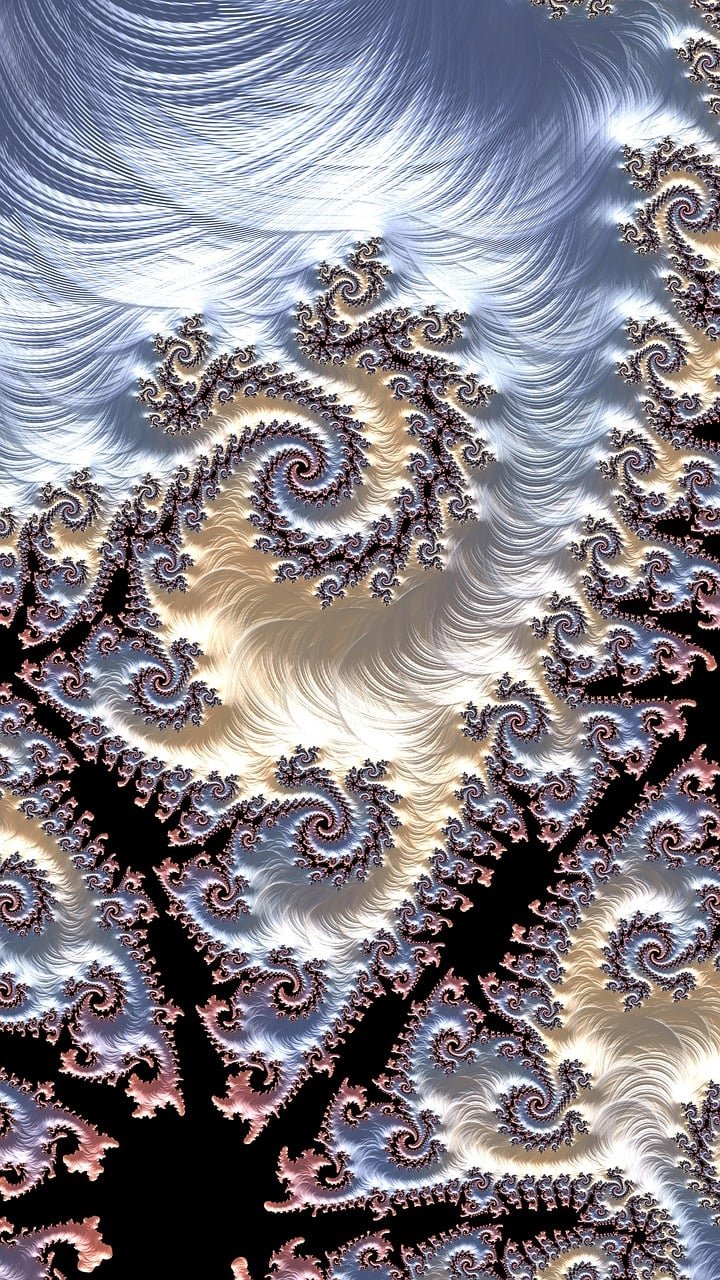The Banach Tarski Theorem is a remarkable result in set-theoretic geometry that states that a solid ball in three-dimensional space can be decomposed into a finite number of pieces and reassembled into two identical copies of the original ball (Wikipedia, n.d.). The theorem is called a paradox because it contradicts the intuitive notion that such operations should preserve the volume of the ball. However, the pieces involved in the decomposition are not ordinary solids, but infinite scatterings of points that do not have a well-defined volume (New Scientist, 2022).
One way to state the theorem more formally is as follows: Given a ball B in R^3, there exist subsets A_1, …, A_n and B_1, …, B_n of B such that
– A_1, …, A_n and B_1, …, B_n are pairwise disjoint (except for the centre of the ball).
– A_1 union … union A_n = B_1 union … union B_n = B.
– For each i, there exists an isometry T_i (a rigid motion) such that T_i(A_i) = B_i.
The theorem can be proved using the axiom of choice, which allows for the construction of non-measurable sets, i.e., sets that do not have a volume in the ordinary sense. The proof also relies on some properties of free groups and rotations in three dimensions (MIT OpenCourseWare, 2019).
An example of a paradoxical decomposition of a ball is based on the Cayley graph of the free group on two generators. The Cayley graph is an infinite tree with four branches at each node, labelled by up, down, left and right. Each node corresponds to a rotation on the sphere by a fixed angle theta. The centre of the graph corresponds to the identity rotation. The idea is to partition the graph into four subsets: U, D, L and R, where U contains all nodes reachable by an up step from the centre, D contains all nodes reachable by a down step from the centre, and so on.
Then one can show that U union D = L union R = G, where G is the whole graph. Moreover, one can show that there exist rotations R and D such that R(U) = U and D(D) = D. This implies that R(U) union R(D) = U union D = G and D(L) union D(R) = L union R = G. Therefore, by applying these rotations to the corresponding subsets of the sphere, one obtains two copies of the original ball (Brilliant Math & Science Wiki, n.d.).
The Banach Tarski Theorem has some surprising consequences and applications. For instance, it implies that any two bounded subsets of R^3 with non-empty interior are equidecomposable, i.e., they can be cut into finitely many pieces and rearranged to form each other. This means that one could theoretically turn a pea into the sun or vice versa using only rigid motions (Wikipedia, n.d.). Another application is to the theory of locales, which are abstract spaces that generalize topological spaces. It turns out that in this setting, one can define a measure for all subsets (and even sublocales) of R^3 that is invariant under rigid motions and satisfies the Banach Tarski Theorem (Leroy & Simpson, 2005).
One might wonder what are the spiritual implications of this theorem, if any. Does it imply that matter is infinitely divisible and malleable? Does it suggest that there is a hidden order or symmetry in the universe that transcends our ordinary perception? Is there any relevance for the concept of resurrection or reincarnation?
One possible way to approach these questions is to examine the assumptions and limitations of the theorem, and see how they relate to our understanding of reality. For instance, one could argue that the theorem does not apply to physical objects, since it relies on idealized mathematical constructions that are not realizable in practice.
The pieces involved in the decomposition are not solids, but infinite scatterings of points that have no volume or mass. Moreover, the reassembly process requires an uncountable number of choices and movements that are beyond human or natural capabilities. Therefore, one could claim that the theorem does not challenge the physical laws or principles that govern our world, but rather shows the power and creativity of abstract reasoning.
Another possible way to approach these questions is to draw analogies or metaphors from the theorem, and see how they illuminate our spiritual beliefs or experiences. For instance, one could see the theorem as a symbol of the mystery and wonder of creation, which can produce seemingly impossible outcomes from simple elements. One could also see the theorem as a metaphor for the transformation and renewal of life, which can generate new forms and possibilities from existing ones. One could also see the theorem as an illustration of the unity and diversity of reality, which can manifest itself in different ways without losing its essence.
Of course, these are only some possible ways to explore the spiritual implications of the Banach Tarski Theorem, and they are not meant to be definitive or conclusive. Different people may have different interpretations or opinions on this topic, depending on their background, perspective and values. The theorem itself does not provide any answers or proofs for these questions, but rather invites us to reflect and wonder about the nature and meaning of existence.
Further reading
Banach–Tarski paradox – Wikipedia. (n.d.). Retrieved December 19, 2023, from https://en.wikipedia.org/wiki/Banach%E2%80%93Tarski_paradox
Korean nuclear fusion reactor achieves 100 million°C for 30 seconds. (2022). New Scientist. Retrieved from https://www.newscientist.com/article/2336385-korean-nuclear-fusion-reactor-achieves-100-millionc-for-30-seconds/
MIT OpenCourseWare. (2019). Banach-Tarski: The Theorem [PDF file]. Retrieved from https://ocw.mit.edu/courses/24-118-paradox-and-infinity-spring-2019/78b4d20519c501f6084b7ef3b4ffd22a_MIT24_118S19_LecNote16.pdf
Brilliant Math & Science Wiki. (n.d.). Banach Tarski Paradox. Retrieved December 19, 2023, from https://brilliant.org/wiki/banach-tarski-paradox/
Leroy J., & Simpson S.G. (2005). Measure Theory in Locale Theory: The Banach-Tarski Paradox [PDF file]. Retrieved from https://www.math.arizona.edu/~friedlan/teach/523/ban_tar.pdf



Truth of Self › Forums › Banach Tarski Theorem
Tagged: Banach Tarski Theorem